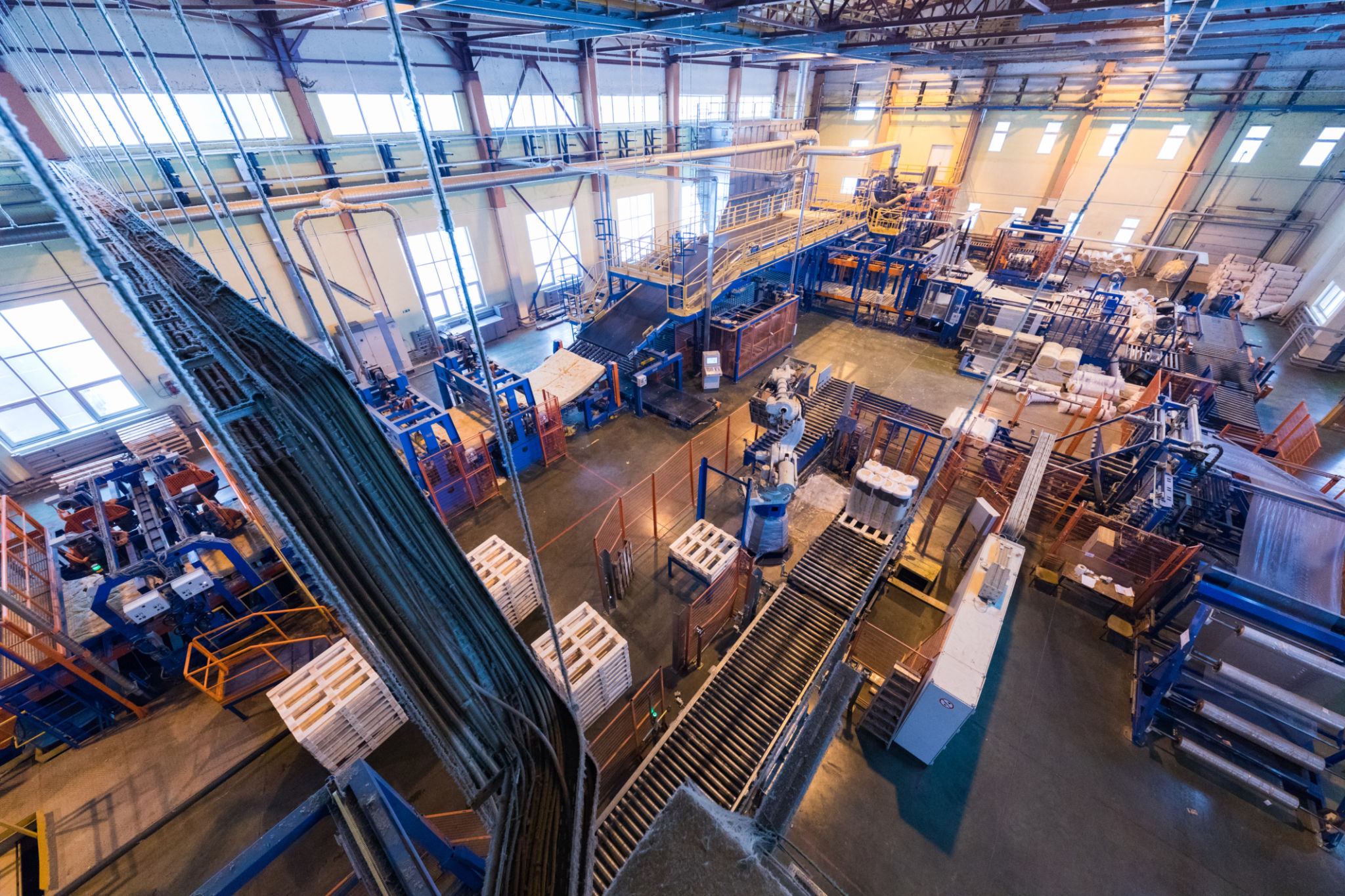Case Study: Successful Factory Optimization in Newton County, GA
Introduction to Factory Optimization
In recent years, businesses have increasingly focused on optimizing their operations to improve efficiency and reduce costs. One standout example of successful factory optimization can be found in Newton County, GA, where a local manufacturing plant has implemented a series of strategic changes to enhance productivity and sustainability.

The Challenges Faced
The factory in Newton County was facing several challenges that are common in many manufacturing facilities. These included outdated machinery, inefficient workflows, and rising energy costs. The management team recognized the need for a comprehensive optimization strategy to address these issues and remain competitive in the industry.
Strategic Implementation
The optimization process began with a thorough assessment of the factory's current operations. This involved identifying bottlenecks in production, analyzing energy consumption, and evaluating equipment performance. Based on the findings, the team developed a multi-phase plan to overhaul the facility's operations.

Key components of the optimization strategy included:
- Upgrading to state-of-the-art machinery that increased production speed and reliability.
- Implementing lean manufacturing principles to minimize waste and streamline processes.
- Installing energy-efficient lighting and HVAC systems to reduce energy consumption.
Results and Benefits
The results of the optimization efforts were remarkable. Within the first year, the factory reported a significant increase in production output while simultaneously reducing operational costs. The new machinery contributed to a 20% increase in production efficiency, and the lean manufacturing practices helped cut down material waste by 15%.

Additionally, the energy-efficient upgrades led to a noticeable decrease in utility expenses, allowing the factory to reinvest savings into further improvements. The environmental impact was also reduced, aligning with the company’s commitment to sustainability.
Employee Engagement and Training
Another critical aspect of the optimization process was employee engagement. The management recognized that successful implementation of new systems required buy-in from staff at all levels. Comprehensive training programs were introduced to ensure employees were well-equipped to operate new machinery and adhere to updated procedures.
This focus on training and development not only facilitated a smooth transition but also boosted employee morale and job satisfaction. Workers reported feeling more valued and empowered, leading to improved performance and reduced turnover rates.
Conclusion
The factory optimization in Newton County serves as an inspiring example of how strategic changes can lead to significant improvements in operational efficiency and sustainability. By investing in modern technology, adopting lean practices, and fostering a supportive work environment, the plant has set a benchmark for other manufacturing facilities aiming to enhance their operations. This case study highlights the importance of a holistic approach to optimization, where technology, people, and processes work in harmony toward achieving long-term success.
